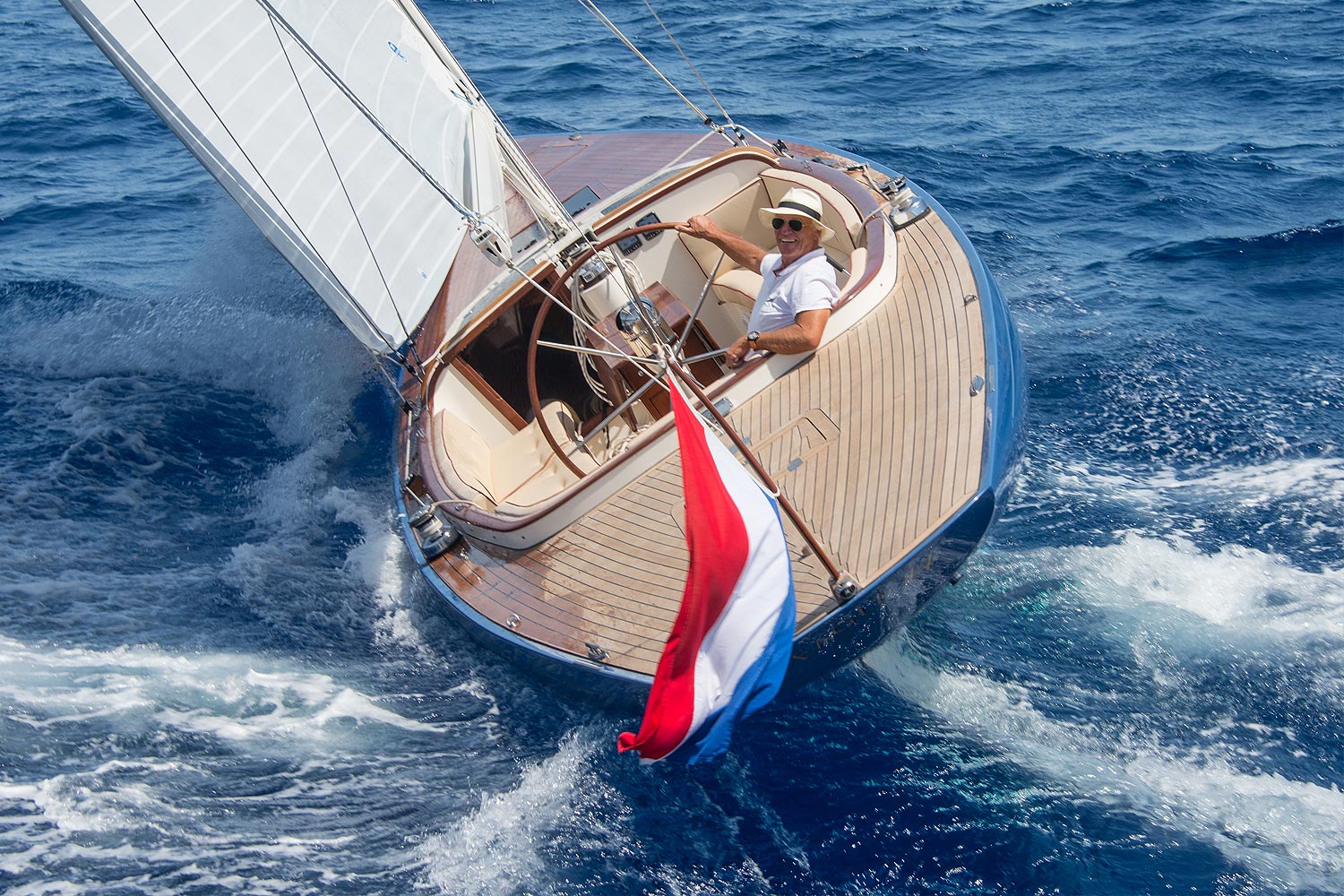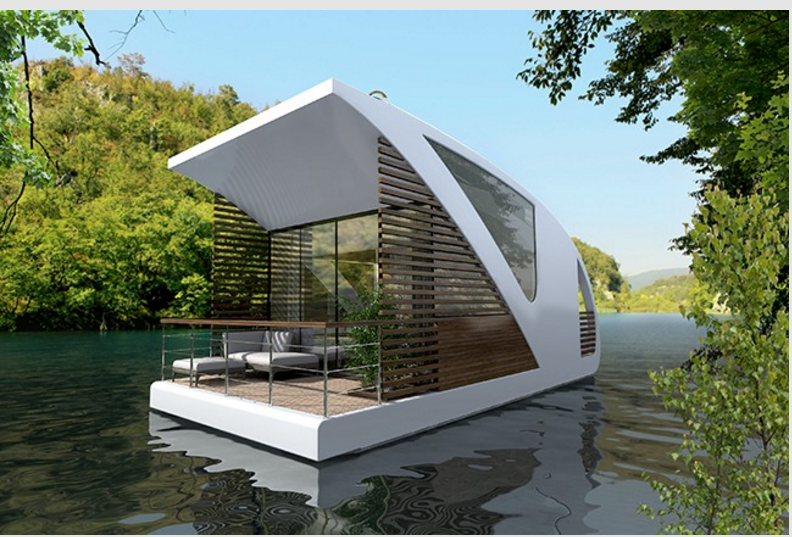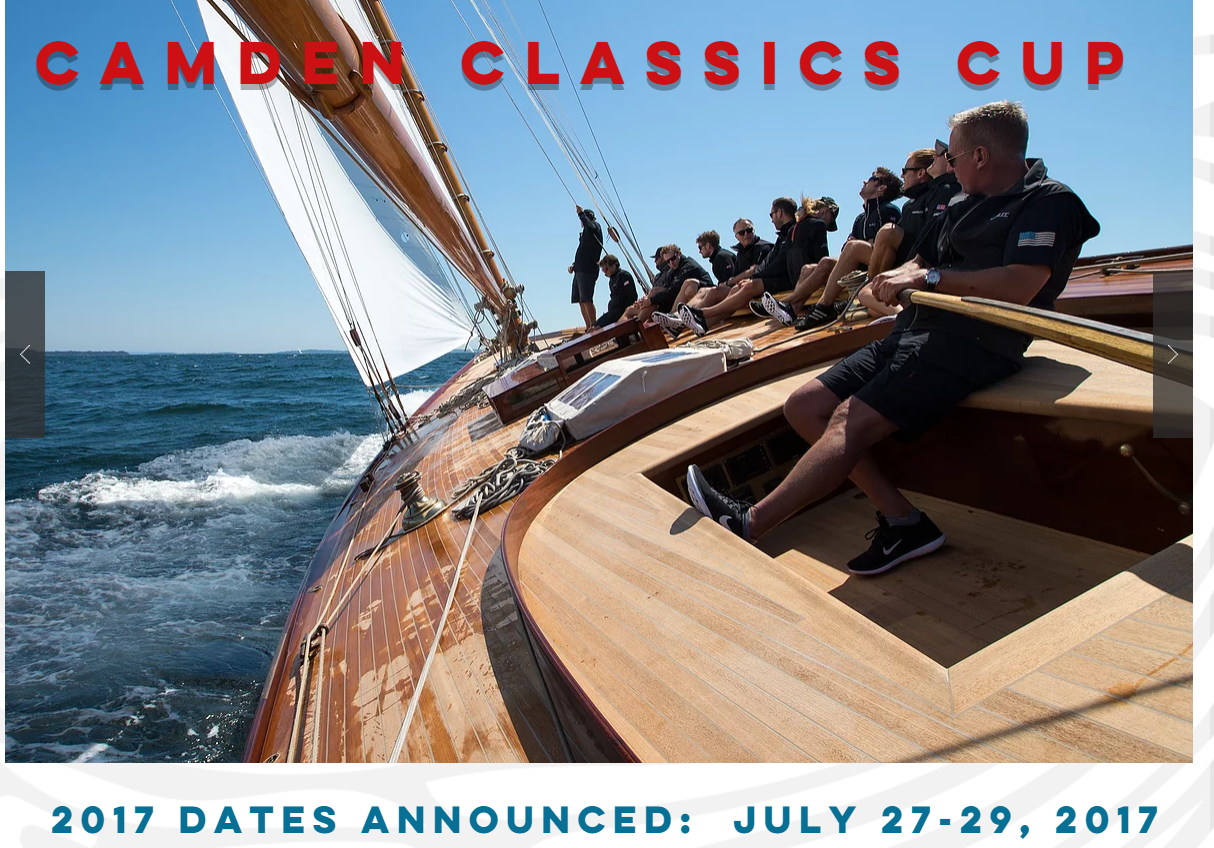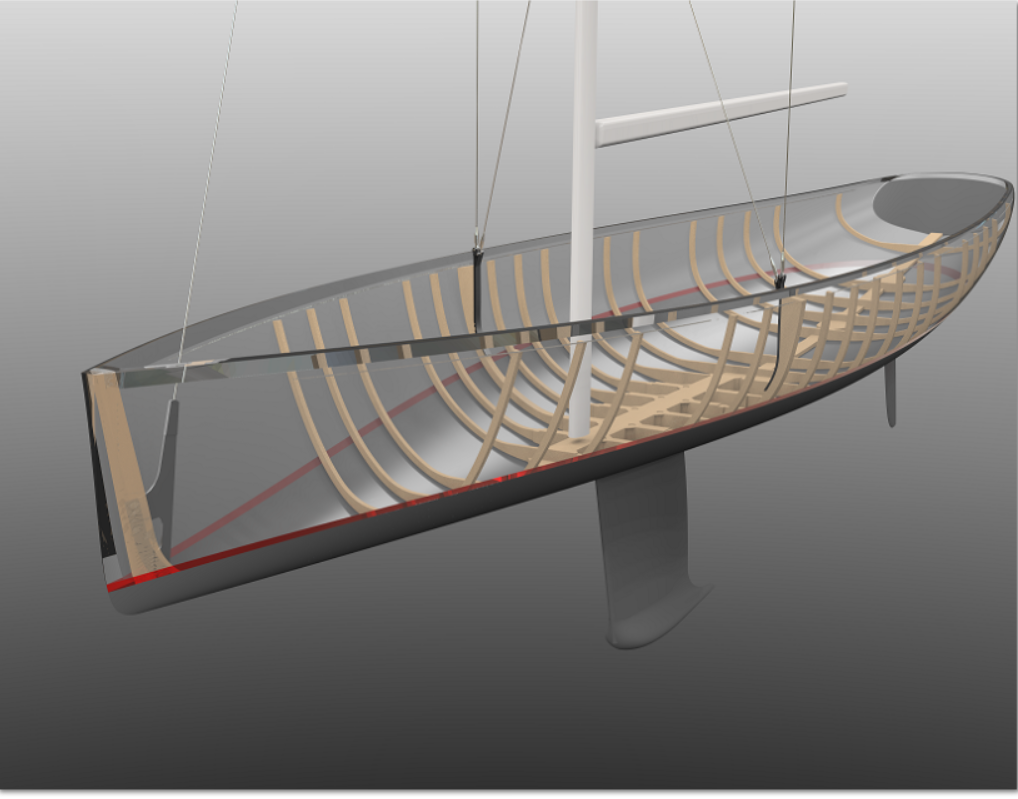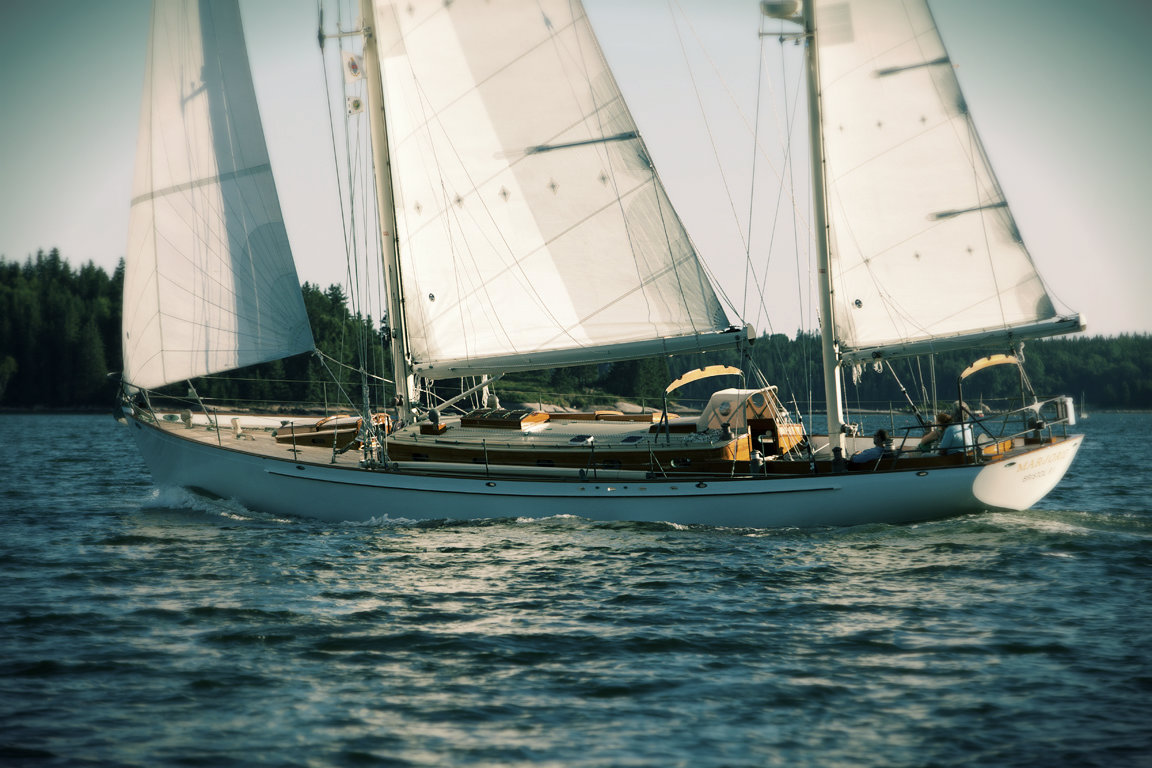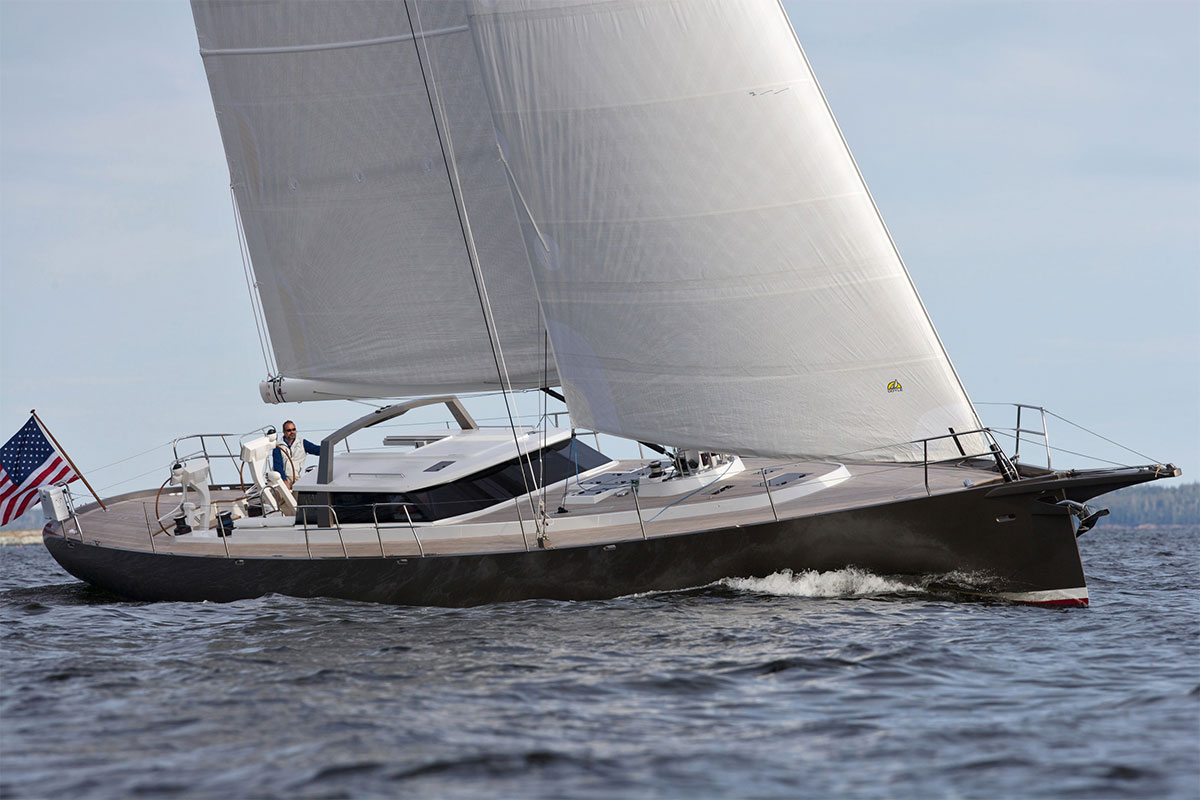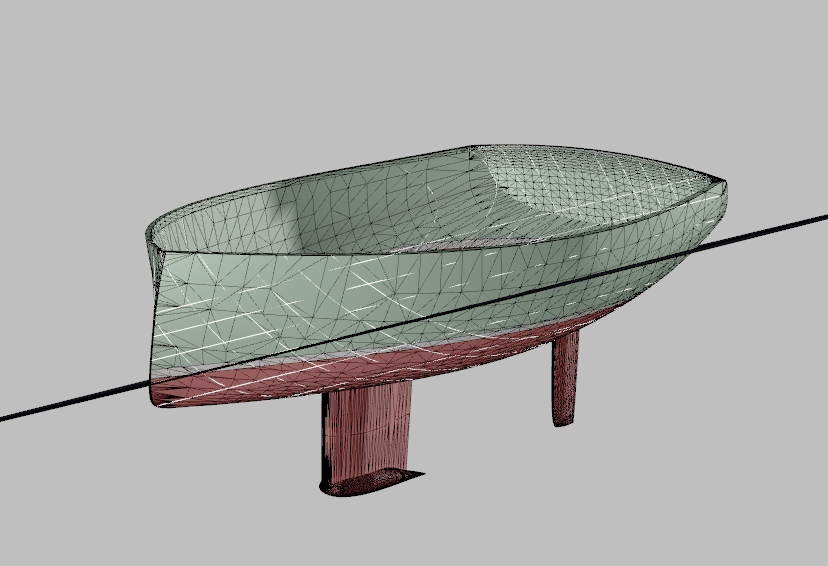When it comes to dealing with fluid molecules of hydrogen and oxygen, the Dutch have water down cold. The small low-lying nation-state that is The Netherlands leads the world in many marine-oriented categories. It is the global master of large-scale flood management and wetlands maintenance projects, like the Zuiderzee or Delta Works. The Dutch crush it in water-generated power and industrial energy applications. And closer to our floating world, the Dutch yacht design and engineering economy is filled with storied operations like Royal Huisman, Dykstra Design and Hoek Design. Studying these great outfits work is one of the humbling parts […]
News
The Spirit of Tradition “Guest Cottage:” The Most Exclusive Marine Environments on Earth — But at a Fraction of the Cost.
It’s been a bit spooky out here on the sidelines of the Tiny Floating House wave. We love the charm of smaller homes that float. But it’s scary how seemingly unaware smaller floating home makers are of the nautical engineering realities of self-contained little, floating human worlds. On many levels, “Floating Homes” are different than yachts. They do not need to be easily driven through the water. They do not carry sails. Most don’t have motors. And often, floating homes have more consistent and lower-cost access to shoreside infrastructure. But these miss the point — and risks — of […]
Staying in Class: Fixing the Pitfalls of Running a Classic Regatta
This is our second year as major sponsors of the Camden Classics Cup, the latest addition to the classic boat racing circuit here in the northeastern U.S. But we’ve been racing Vintage, Classic and Spirit of Tradition boats since the 1990’s. And, as with most things, we’ve developed strong opinions about what makes a compelling vintage, classic or SoT regatta. Guess what? We’re going to share those thoughts with you, now. The rebirth of Classic yacht racing was a disorganized grassroots movement. Each regatta was built on the dusty, rotten framework of the old days, driven by the rebirth of many […]
Marine Engineering 103: The Hidden Life of Chainplates.
In terms of unknown, unloved, and uncared-for naval engineering heroes, it’s tough to beat chainplates. That’s right, chainplates. The deeply-engineered chunks of metal or space-age composites that join hulls to rigging and masts. Chainplates aren’t exactly flashy. They do none of the sexy “sail-ish” stuff of generating lift or foiling through water. They don’t help a boat float or navigate. Think of chainplates as anchors, they merely connect. They are part of the virtual engineering chain that manages the enormous loads of a large boat moving through wind and water. Chainplates do their work using bronze, stainless steel, aluminum and […]
A Spirited Look at an SOT Classic: Marjorie
It’s interesting how different doing something classic turns out to be. Case in point is Marjorie. She’s very much on the “Tradition” side of the Spirit of Tradition equation. While she’s entirely modern, her looks were driven almost completely by late-1930’s cruising yachts. Our client’s a great fan of L. Francis Herreshoff, who unlike his father Nat, rebelled against fitting in—and this included into rating rules. Marjorie had to exude the feeling of his great cruising ketches like Ticonderoga and Bounty. But there would be no fussy clipper bows. Thank you, dear client, for letting us off that foolish design […]
Finding the Value of the Non-Traditional.
One of the strangest unintended consequences of designing a Spirit of Tradition yacht — or any custom yacht for that matter — is figuring what they’re worth to their second owner. Own a production Morris 52 or J-44, and it’s easy enough to find its price. There’s a good-sized fleet. And good chance that somebody has paid for a similar model boat, with similar features. Go find that price. But to price the custom boats we create, valuing them is not easy. There are few similar reference points. Each boat is unique. We build them to last for 100 years. And […]
Marine Engineering 102: Why’s My Hull Shaped the Way It Is?
It’s the mysteries of our hulls that draw us to them. One moment, you’re on dry land unacknowledged by an uncaring terra firma. The next, you’re aboard. And part of the running conversation between you, the sea, and the hull that floats on that sea. Not all hulls use the same vocabulary. Agro, tippy skiffs seem to threaten with a techno hull-speak of planing, surfing and foiling. And more stately yachts, like our plush 90-foot ketch Bequia, practically bow to those who wander her decks with a hushed language of soft entry, high freeboard and tons of reserve buoyancy. To […]
A Spirit-of-Tradition Class Manifesto
You know it’s a good fight when it’s goes on for 25 years! Over the last decades, nothing has gotten the Spirit-of-Tradition community hotter under the collar than what is — and what isn’t — a “Spirit-of-Tradition” raceboat. Classing the newer thoroughbreds has been a concern. As is, how to level the playing for older boats, given the rush to owner embellishments like structure refits, improved equipment, and modern sailing hardware. We’ve evolved our own strong opinions on setting procedural guidelines for Spirit-of-Tradition racing. And with the weather warming, and race season upon us, we think it’s time for an SoT […]
